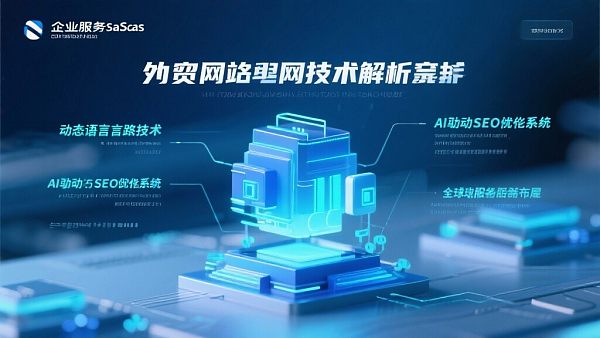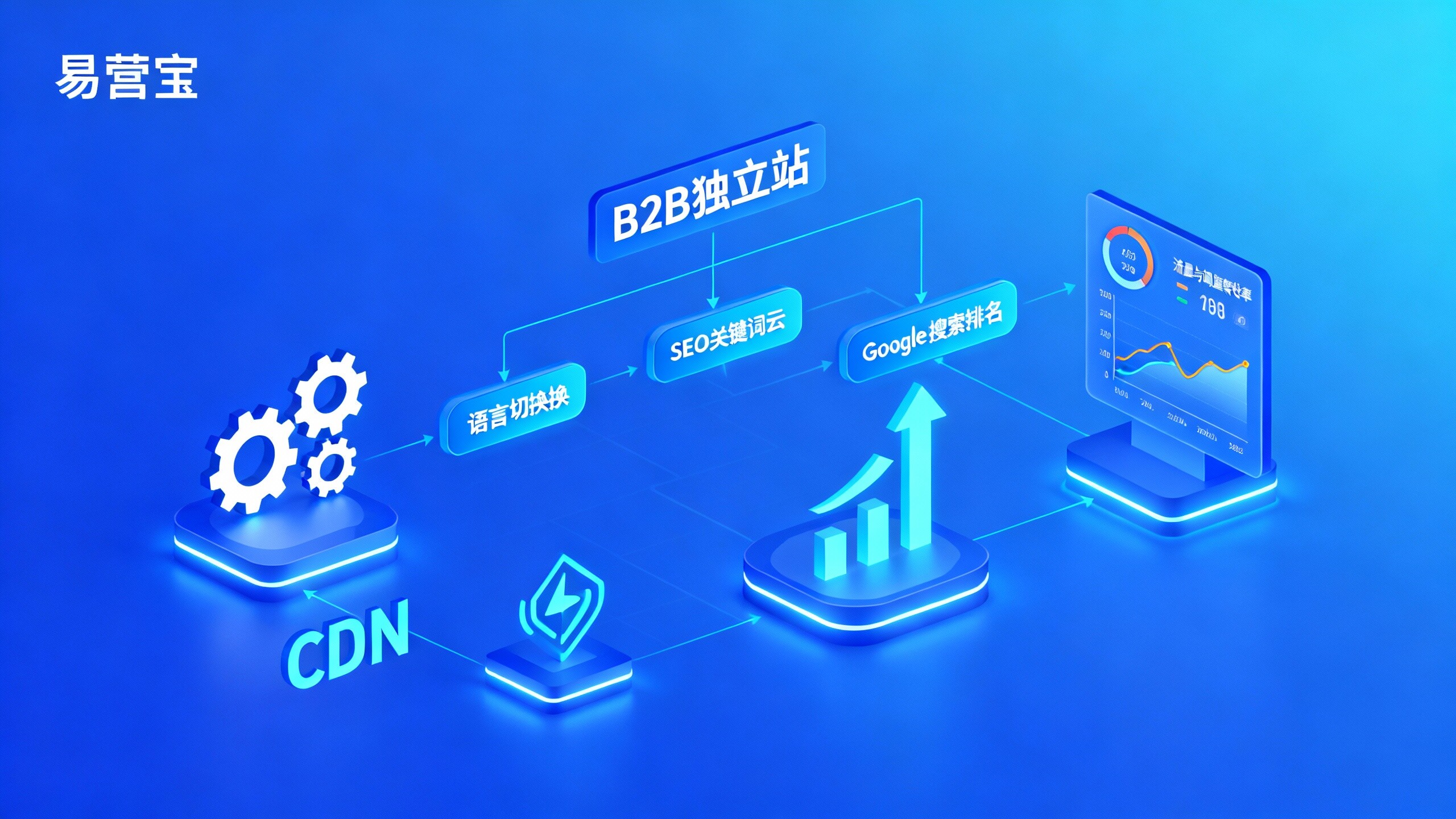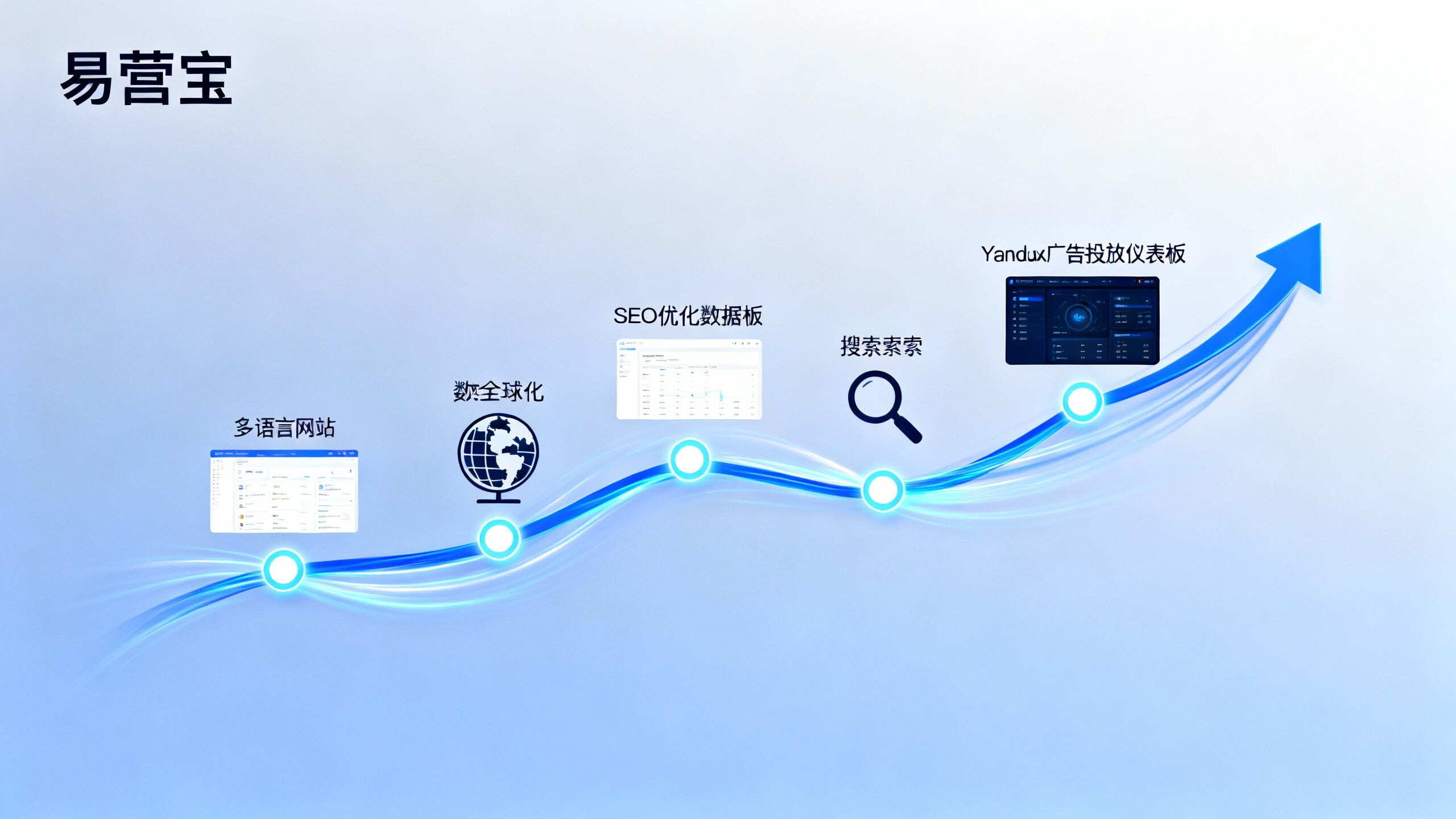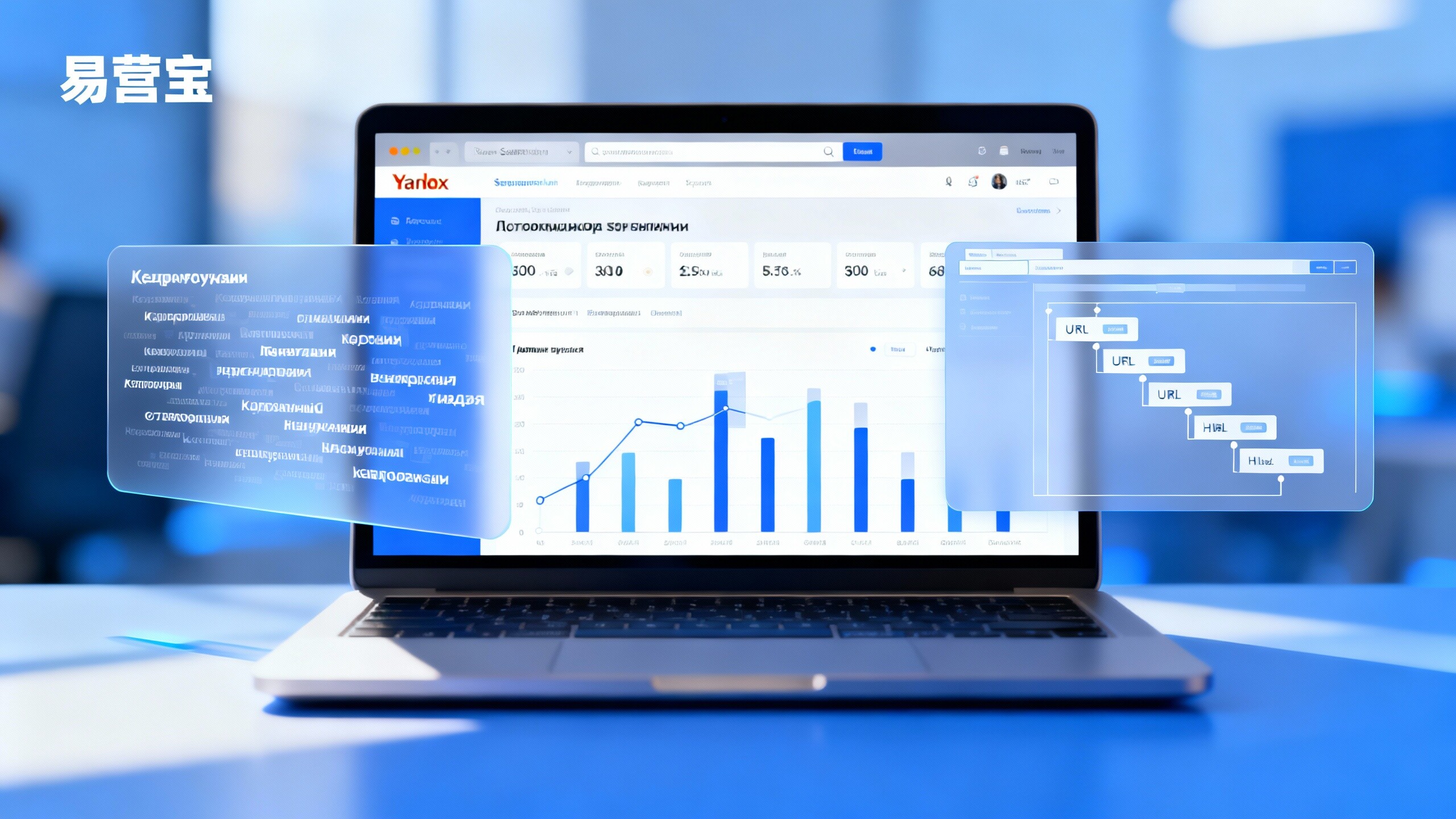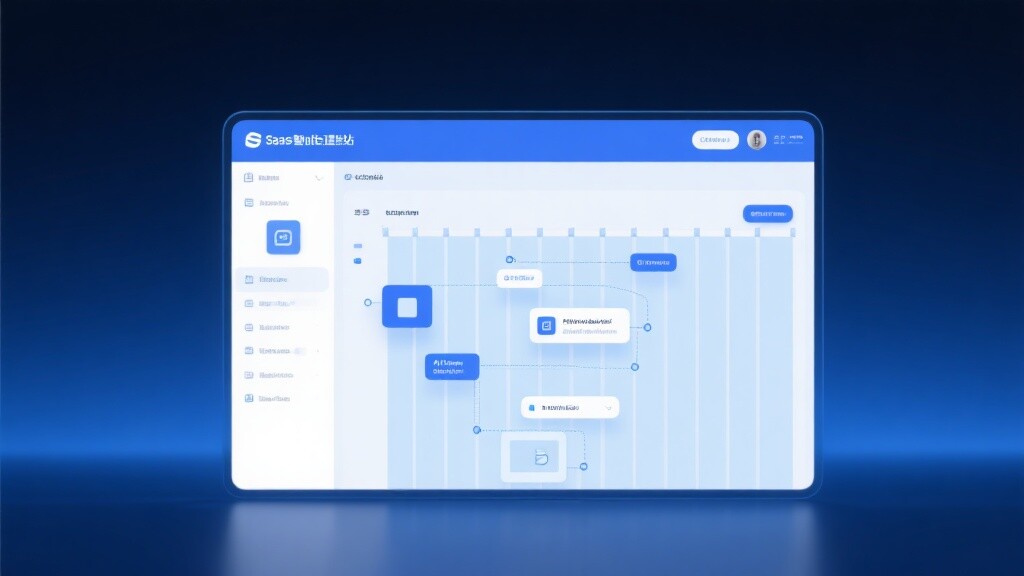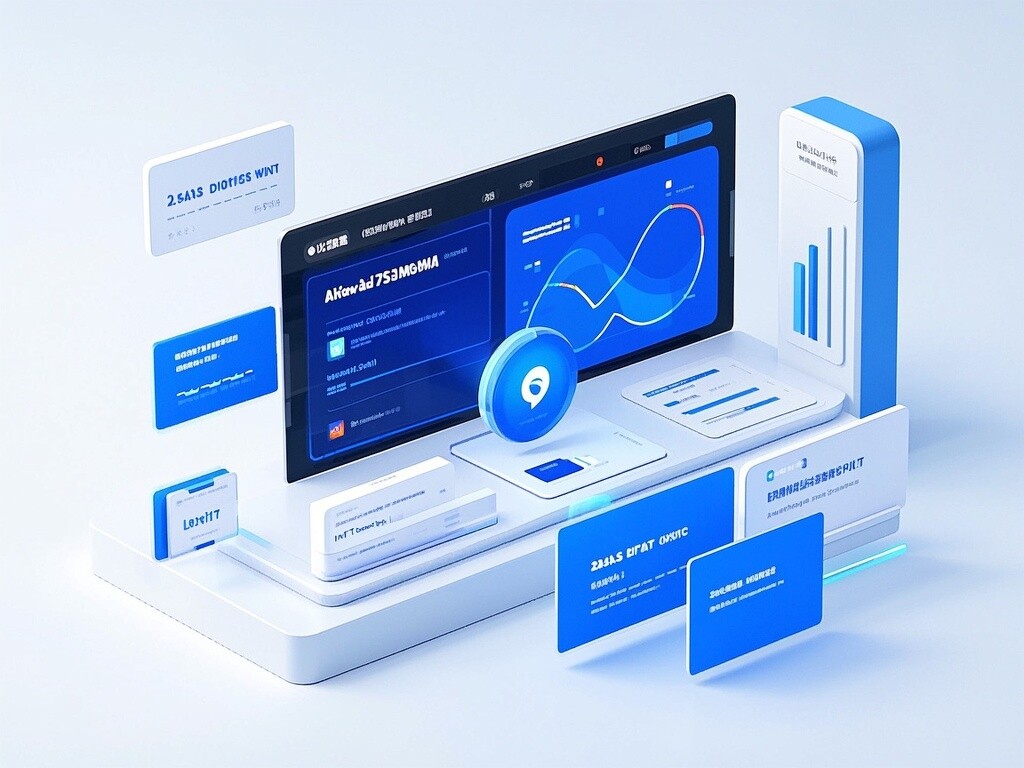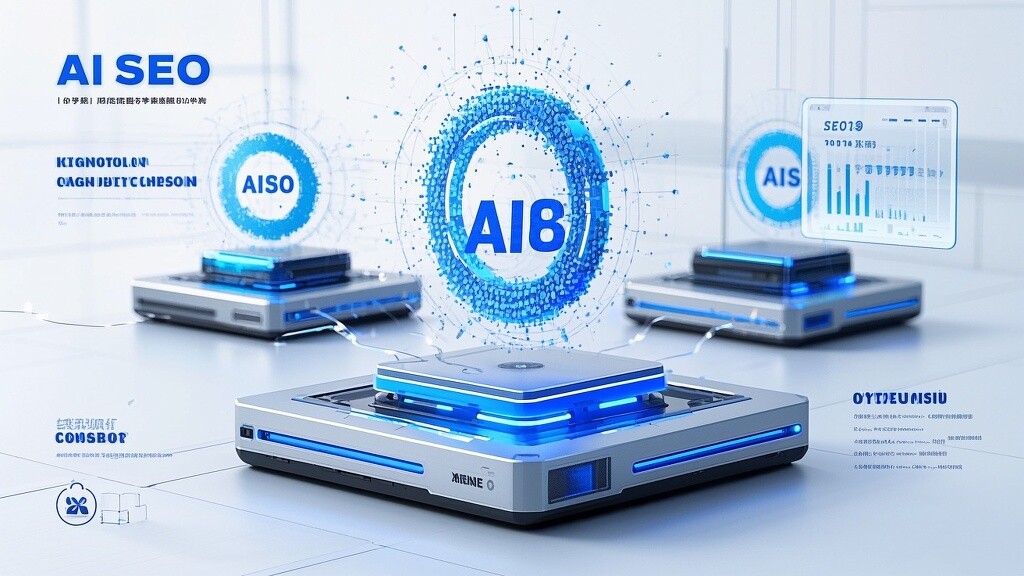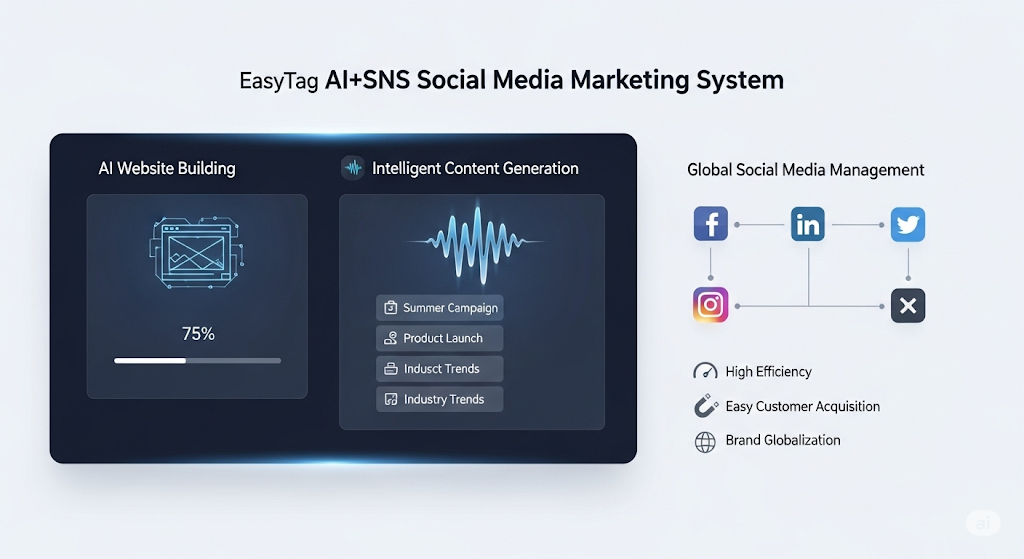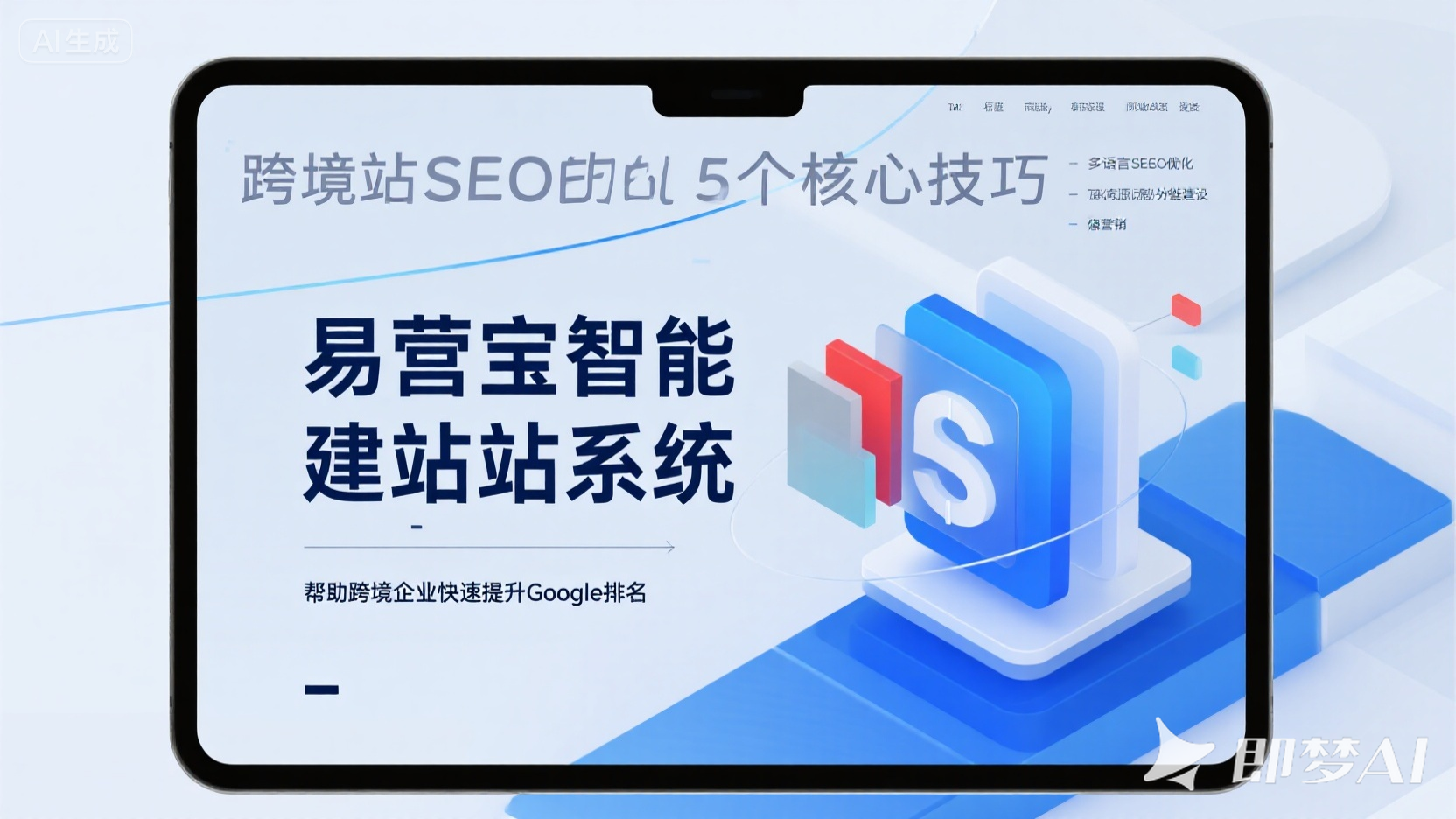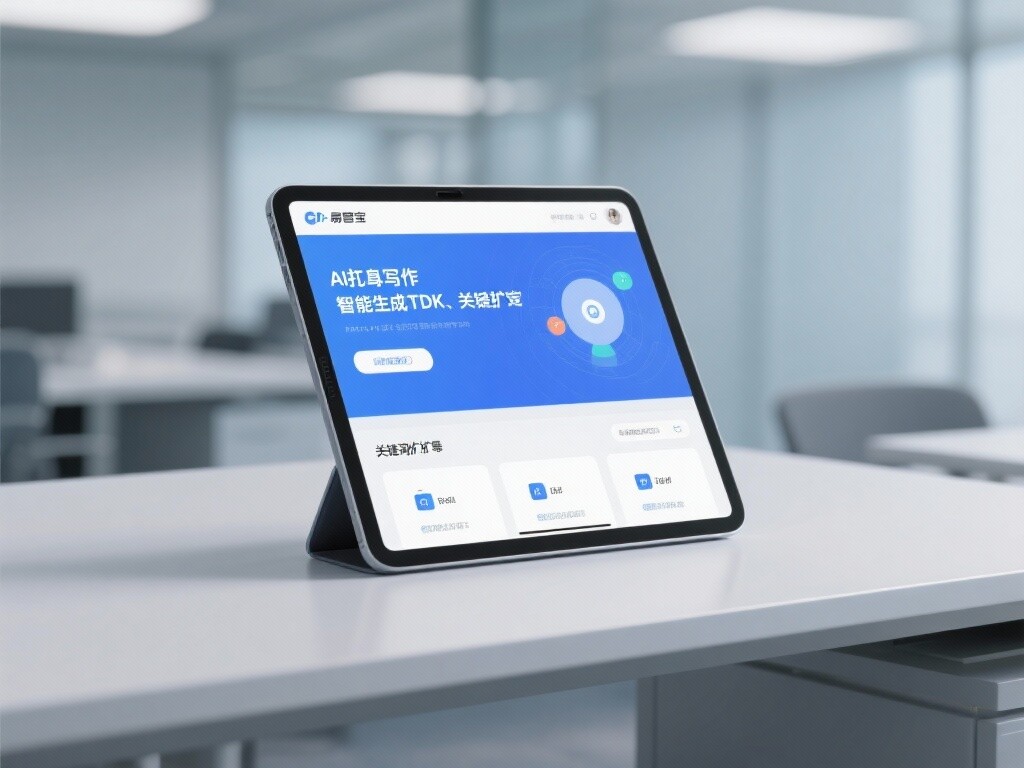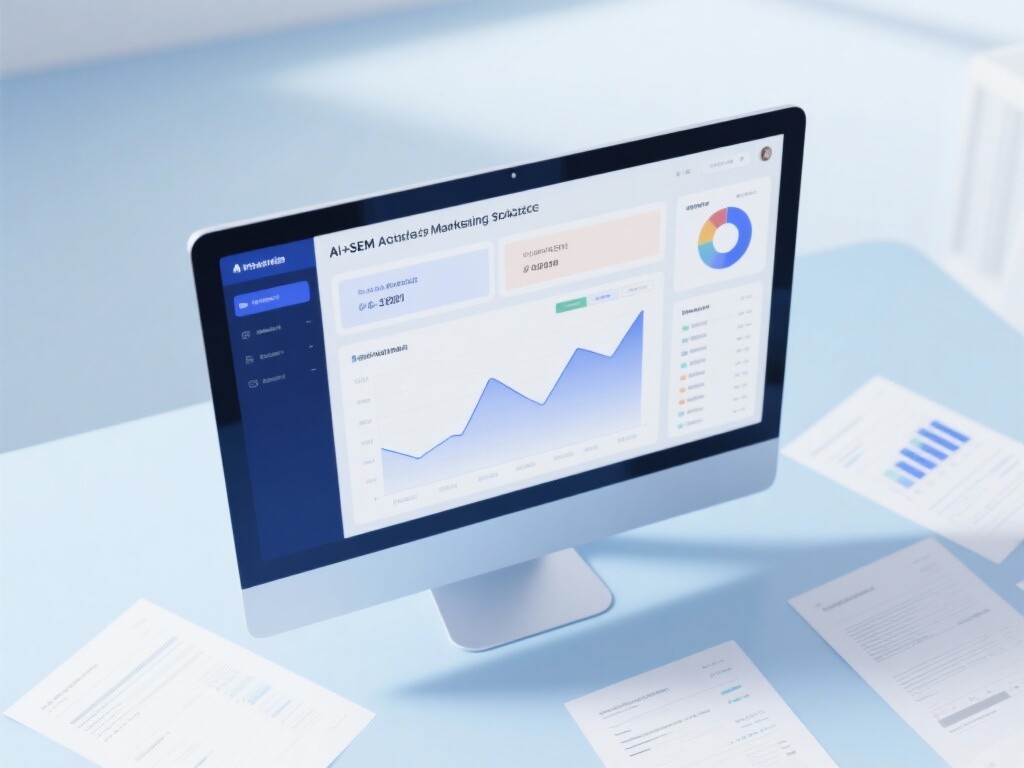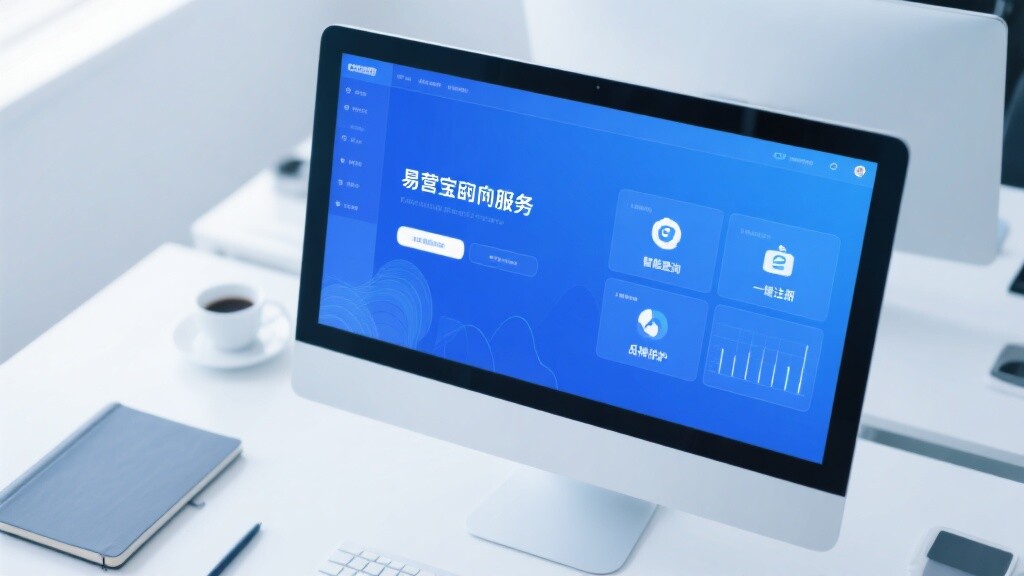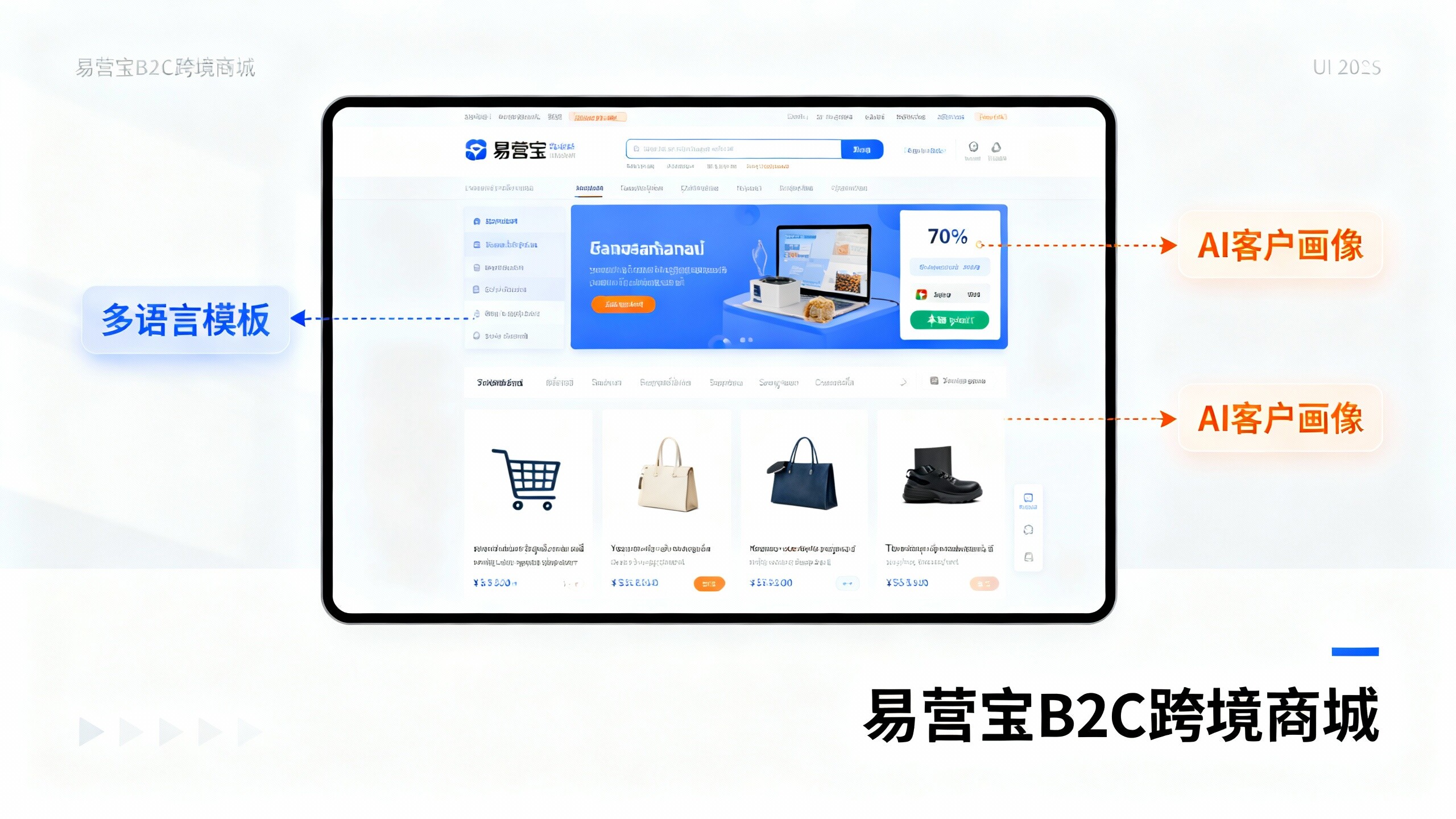- How to Improve Inquiry Quality Through B2B Standalone Site Optimization + Multilingual Website in 2025: Google SEO Practical Methods2025-12-18View details
- From Website Building to Yandex Promotion: A Complete Online Growth Path for Foreign Trade Enterprises2025-12-18View details
- Poor Yandex promotion results? Your foreign trade independent website may lack Russian SEO structure2025-12-18View details
- Why are more and more distributors choosing global multilingual website suppliers? Actual delivery cycle shortened by 40%2025-12-18View details
- EasyOperate Experience Test: Deployment Cycle, Stability, and Post-Sale Evaluation2025-12-17View details
- How is EasyStore? A Reliable and Security Inspection Checklist from a Technical Evaluation Perspective2025-12-18View details
- Guide to Choosing a Foreign Trade Website System: How to Evaluate Multilingual Website Capabilities2025-12-17View details
- From the perspective of quality control and security, experience the use of EasyStore: vulnerabilities, backups, and permission management2025-12-17View details
Technical Evaluation: 3 Core Technologies in Foreign Trade Website Development
I. Multilingual Architecture: Breaking the First Technical Barrier in Global Business
According to W3Techs data, non-English websites account for 75.9% of global internet content, yet over 60% of foreign trade enterprise websites face issues like delayed language switching and translation accuracy rates below 85%. A truly professional multilingual standalone system requires the following technical breakthroughs:

- Dynamic Language Routing Technology: Automatically identifies user language preferences through URL paths (e.g., /en/ or /es/), combining browser language settings and IP geolocation for triple validation, ensuring language matching accuracy exceeds 98%.
- AI Translation Engine Optimization: The NLP algorithm adopted covers over 500,000 industry-specific phrases in cross-border e-commerce, supporting context-aware translation with 40% higher accuracy than generic tools like Google Translate.
- Localized Content Management System: Allows independent editing of SEO meta tags for different language versions, avoiding keyword density distortion caused by translation.
After implementing the B2B2C Dual-Model Standalone Solution, a home furnishing brand saw a 300% increase in product inquiries on its Spanish site, with the breakthrough being system-generated Spanish TDK tags that align with local search habits.
Technical Implementation Challenges & Solutions
II. AI-Driven SEO Optimization System: From Technical Execution to Intelligent Decision-Making
Traditional SEO tools only provide basic keyword suggestions, whereas modern standalone systems require three AI capabilities:
- Real-Time Competitive Analysis: Captures TDK strategies, backlink growth trends, and content update frequency of top 50 competitor websites every 6 hours.
- Semantic Network Modeling: Uses BERT algorithms to interpret search intent and automatically generate content structures compliant with Google E-A-T standards.
- Adaptive Optimization: Automatically adjusts internal link weight distribution based on algorithm updates, e.g., reprioritizing all site content within 24 hours post-Helpful Content updates.
A machinery equipment company using the system saw its German keyword "Industriemaschinen kaufen" (industrial machinery purchase) ranking jump from page 5 to page 1, as AI identified local users prioritized "TÜV certification" over price factors.
SEO Technical Performance Comparison
We compared core metrics of three mainstream technical solutions:
III. Global Deployment Architecture: The Art of Balancing Speed and Security
Every 1-second delay in page load causes a 7% drop in conversion (Google data), while cross-border access often faces over 200ms latency. Professional foreign trade standalone systems must achieve:

- Smart CDN Routing: Selects optimal nodes based on real-time network conditions, e.g., Middle Eastern users automatically connecting to Frankfurt or Dubai POP points.
- Edge Computing Caching: Preloads static resources like product images on edge servers nearest to users, tripling access speeds for Brazilian users.
- Compliant Data Isolation: GDPR and CCPA dual-compliance architecture ensures EU user data is stored exclusively in Frankfurt data centers.
An electronic components supplier adopting the B2B2C Dual-Model Standalone Solution reduced its India market bounce rate from 58% to 22%, with the key being optimizing Time to First Byte (TTFB) to under 300ms at the Mumbai node.
Server Deployment Solution Selection Guide
Recommended configurations for different business scales:
Why Choose Our Technical System?
As a Google Premier Partner and Meta official agent, we provide:
- 15 Patented Technologies: Including multimodal AI generation and real-time SEO diagnostics.
- Daily Billion-Level Data Processing: Dynamically optimizes global delivery strategies.
- 24/7 Security Operations: Automated DDoS protection and zero-downtime guarantees.
Contact our technical consultants immediately to receive the exclusive Foreign Trade Standalone Technology Assessment Report and B2B2C Dual-Model Standalone Solution demo.
Related Articles
 How to Improve Inquiry Quality Through B2B Standalone Site Optimization + Multilingual Website in 2025: Google SEO Practical Methods
How to Improve Inquiry Quality Through B2B Standalone Site Optimization + Multilingual Website in 2025: Google SEO Practical Methods From Website Building to Yandex Promotion: A Complete Online Growth Path for Foreign Trade Enterprises
From Website Building to Yandex Promotion: A Complete Online Growth Path for Foreign Trade Enterprises Poor Yandex promotion results? Your foreign trade independent website may lack Russian SEO structure
Poor Yandex promotion results? Your foreign trade independent website may lack Russian SEO structure
Related Products

